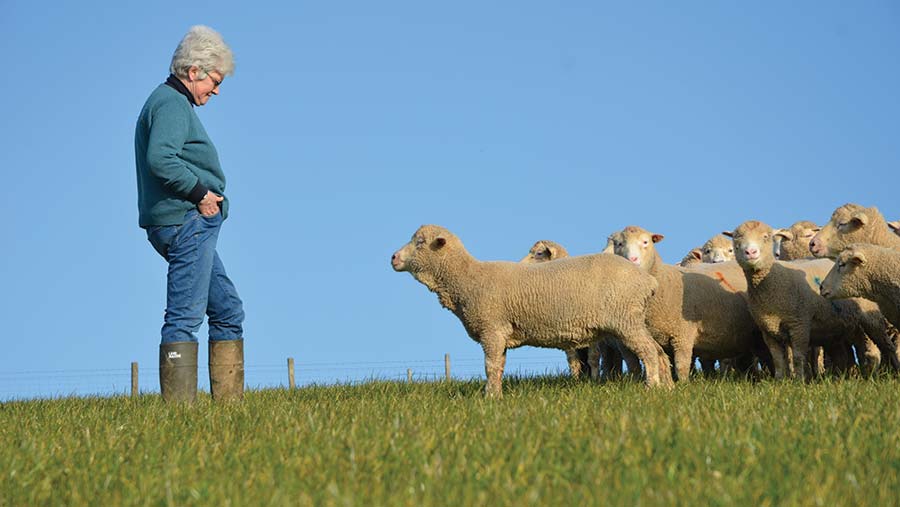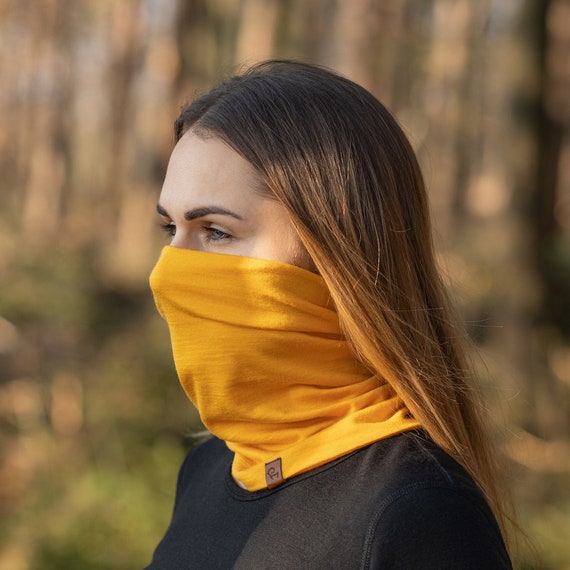Good Suggestions For Selecting Merino Wool Base Layers For Hiking
Wiki Article
How Does Merino Sheep Differ To Other Breeds Of Sheep?
Merino sheep is different from other breeds. Merino sheep also have fine wool. Merino's wool is soft and finer in comparison to other sheep breeds. Merino wool is prized for its versatility, warmth as well as its comfort and versatility.
Adaptability- Merino wool sheep are highly adaptable to changing conditions and climates. They can thrive in both cold and hot climates, and can withstand a variety of temperatures.
Resilience- Merino sheep are known for their toughness and resilience. They are immune to many common diseases and can stand up to extreme conditions.
Fertility- Merino sheep are characterized by a high fertility rate and are able to produce multiple offspring in a single pregnancy.
Merino sheep have distinct habits of grazing that help them keep their health. They graze in a controlled and selective way that assists them in avoiding overgrazing and toxic plants.
Breedingbreeding Merino sheep have been selectively bred order to create the best quality wool. This has resulted in the availability of a variety of Merino sheep breeds, each with distinct features and traits.
Merino sheep are valued by their exquisite wool and adaptability. They are a significant source in the wool industry, and are highly valued by farmers and breeders around all over the world.

What Is The Difference Between Lightweight, Midweight, Heavyweight Base Layers Of Merino Wool?
The fabric's warmth and thickness is what makes the difference between light, medium weight, or heavyweight Merino wool base layers. Below is a breakdown of distinctions between the three kinds of base layers Lightweight Merino wool base layers are usually constructed from a lightweight and breathable material that's perfect for cool to mild conditions. This type of base layer works best for intense activities that require sweating. It is made from an extremely thin fabric that is able to retain moisture while keeping the body cool. They also work as a layer of base during colder weather, underneath other layers.
Midweight Merino base layers are constructed of a heavier fabric than light-weight base layers. They provide greater warmth and insulation. This type of base layer is suitable for cold and cool temperatures and is a good choice for low to moderate-intensity activities in which you aren't likely to sweat a heavy sweat.
The most warm and thickest Merino wool base layer is made of heavyweight Merino wool. It's made for extreme cold weather conditions. This layer is perfect for activities that require low intensity, such as snowshoeing or skiing, where you don't expect to sweat.
It is important to be aware of the weather conditions as well as the intensity of the activity prior to selecting the best Merino wool baselayer for your needs. A lightweight base layer suits extreme sports and cool weather. But a heavier layer is ideal for cooler weather and moderate to high-intensity activities. For low-intensity activities and very cold weather, a heavier base layer is recommended. Keep in mind that you can always layer in a different direction based on the weather conditions, therefore it's better to choose the base layer that's not too heavy, but not too heavy. You should also take into consideration how the base layer fits and if it permits you to move freely. Go best outdoor clothing at koraoutdoor.com for website examples.

What Is The Most Effective Combination Of Ski-Middle-Layer Clothes With Regard To Merino And Wool From Himalayan?
The mix of Merino Wool and Himalayan Yok wool to make the mid-layer of skis will differ depending on the weather and individual preferences. Here are a few different alternatives to consider Merino wool as a base layer and Himalayan mid-layer yak wool This is a great option for winter conditions in which warmth is the top priority. The Merino wool base layer is excellent for control of moisture and regulate temperature, while the Himalayan mid-layer of yak wool can provide an extra layer of insulation as well as warmth.
Merino wool mid-layer and Himalayan mid-layer of yak wool This is a good choice for variable weather conditions that require you to alter your layers throughout the day. Merino wool is a blanket that provides warmth as well as moisture control. Himalayan Yoyak wool adds insulation as needed.
Merino Wool base layer, Merino Wool mid-layer, and Himalayan Yak wool mid-layer - This is a great combination for extremely cold temperatures or for those who are more sensitive. The Merino wool base layer will regulate temperature and provide moisture control and moisture management, while the Merino Wool mid-layer adds warmth and help with moisture management. The Himalayan Yak wool mid-layer will be an additional layer of insulation and warmth.
Layering is a personal preference. That means that the ideal combination of layers for you will be different based on the type of body you're in and your activity degree as well as the weather conditions. Layers that allow for full movement and fit well will make sure you are comfortable and mobile when skiing. Go click here for best mid layer for hiking near me for more recommendations.

Why Should You Pick Merino Or Himalayan Yak Wool Over Other Materials For Your Ski Clothing?
Merino Wool and Himalayan Yok Wool are both excellent options for ski clothing. Warmth both Merino Wool and Himalayan Yak Wool are highly effective insulators. This means that they keep you warm during winter. They have a very high warmth-to-weight ratio, meaning they are lightweight and comfortable to wear, yet offer excellent insulation.
Moisture management - Merino wool, Himalayan Yak wool, and Merino wool are both very efficient in controlling the water. This means that they can keep you dry when skiing. Both fabrics have natural moisture-wicking properties. This means they absorb moisture from skin and transfer it to the fabric's outer layers where it will evaporate.
Breathability Merino and Himalayan wools are extremely breathable. This allows air to flow freely through their fabric. This helps to regulate the body's temperature and helps prevent overheating. This is important when it comes to skiing clothing because it allows you to stay comfortable while you're skiing.
ComfortThe Comfort Merino and Himalayan wools are both extremely soft and comfortable. They are able to be worn close to the skin. They are extremely flexible and stretchy so they are able to move along with you and offer the full range of.
SustainabilitySustainable Merino wool as well as Himalayan yak wool are both natural, sustainable fibers that are biodegradable and able to be recycled. They are thus more environmentally friendly than synthetic materials such as nylon and polyester.
Merino wool and Himalayanyak wool are excellent options for ski clothing. They are comfortable, water-wicking, and air-tight. They are an ideal choice if you want to ensure your skiers are at ease and secure.